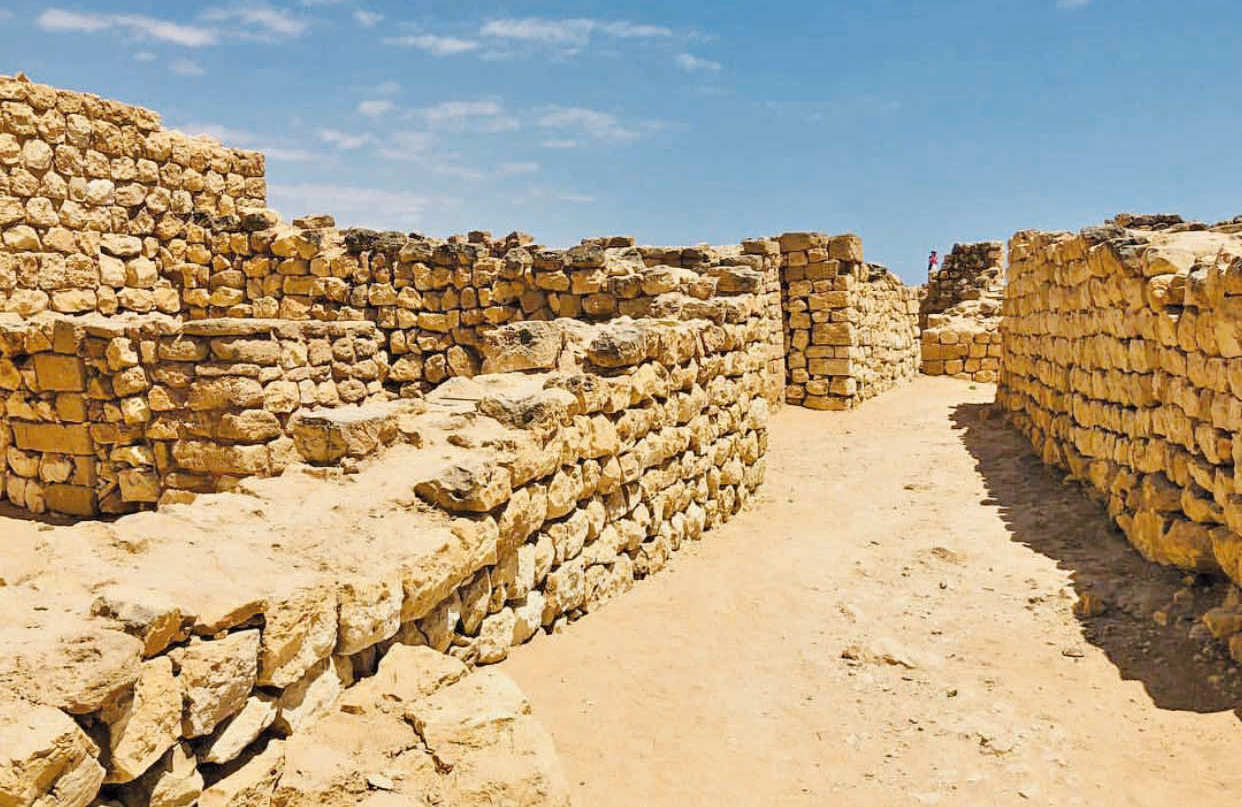

The National Museum, Muscat
The National Museum showcases the nation’s heritage from the earliest human settlement in the Oman Peninsula some two million years ago through to the present day. Housed in an imposing new building in the heart of Old Muscat, the National Museum makes a fitting consort for the Sultan’s Palace opposite.
A great place to visit if one wants a thorough look into the history of Oman without even having to leave the city! Arranged very nicely and maintained in excellent condition — the models of forts of Oman and the interesting stories from Oman’s past and artifacts that showcase the becoming of the Sultanate.
The emphasis of this contemporary museum is on quality rather than quantity, with space, light, and height used to enhance the selective displays showcasing the heritage of Oman.
Sultan’s Armed Forces Museum, Muscat
The collection is housed in Bayt Al Falaj, this museum houses far more, despite its name. Other than displaying military hardware from the past to the present time, the building was once the summer home of royalty.
The lower rooms of the museum outline Oman’s history whilst the upper rooms explore the country’s international relations and military prowess. One can also learn about the different phases the sultanate had gone through, giving us a background into the country we see today.
Bait Al Safah, Al Hamra
Amongst the ancient dwellings of Al Hamra Village, renovated and re-animated is Bait al Safah, a living museum presenting to its visitors a chance to experience the life of the old Al Hamra.
The perfect place to experience the traditions of ancient Oman, the main attraction of the “living” museum is the kitchen. Local women prepare traditional foods, make oils and grind and brew the popular drink Kahwa (Omani coffee).
Visitors can have a first-hand experience the full working of a traditional Omani kitchen and even get involved in grinding the coffee, making a local bread and squeezing out the rare and much sought-after Moringa Oil! Bait Al Safah and the old village of Al Hamra is the perfect place for those who want to get the experience of a more traditional Oman.
Bahla Fort, Nizwa
Bahla Fort was the first in the Sultanate of Oman to be named a UNESCO World Heritage Site in 1987. Built between the 12thto the 15thcentury by the tribe of Banu Nebhan, at the height of their power and they were known for controlling of trade of frankincense at the time.
The dizzying heights of many Omani forts and the complexity and weight of fortifications is a clear reminder that they were not nomadic herders, but some of the finest architects and engineers of their times and ours.
Each fort in Oman has distinctive engineering and architectural features that make it a physical challenge and an education to visit today. Be prepared for plenty of climbing up and down steps in your exploration of these enormous structures.
Samharam City, Dhofar
Known to be part of the frankincense road, Samharam city tells the story of an ancient civilization in Dhofar and its reputed port which history dates back to 1000 BC. Also known as Khor Rori, inscriptions discovered in the region spoke of a town called Samharam, a port city for the region that was like today renowned worldwide as the main source of frankincense.
Legend states that in these ruins also stands the remains of a palace that is said to be have been home to the famed Queen of Sheba. An ostentatiously wealthy monarch, she reputedly showered King Solomon with lavish gifts of frankincense.
In the Salalah town centre, about 30km away, is a small souk, a little forlorn, though the Land of Frankincense Museum pluckily reveals, with maps and wooden models, the history of the commodity that made the area rich.
Oman Observer is now on the WhatsApp channel. Click here



